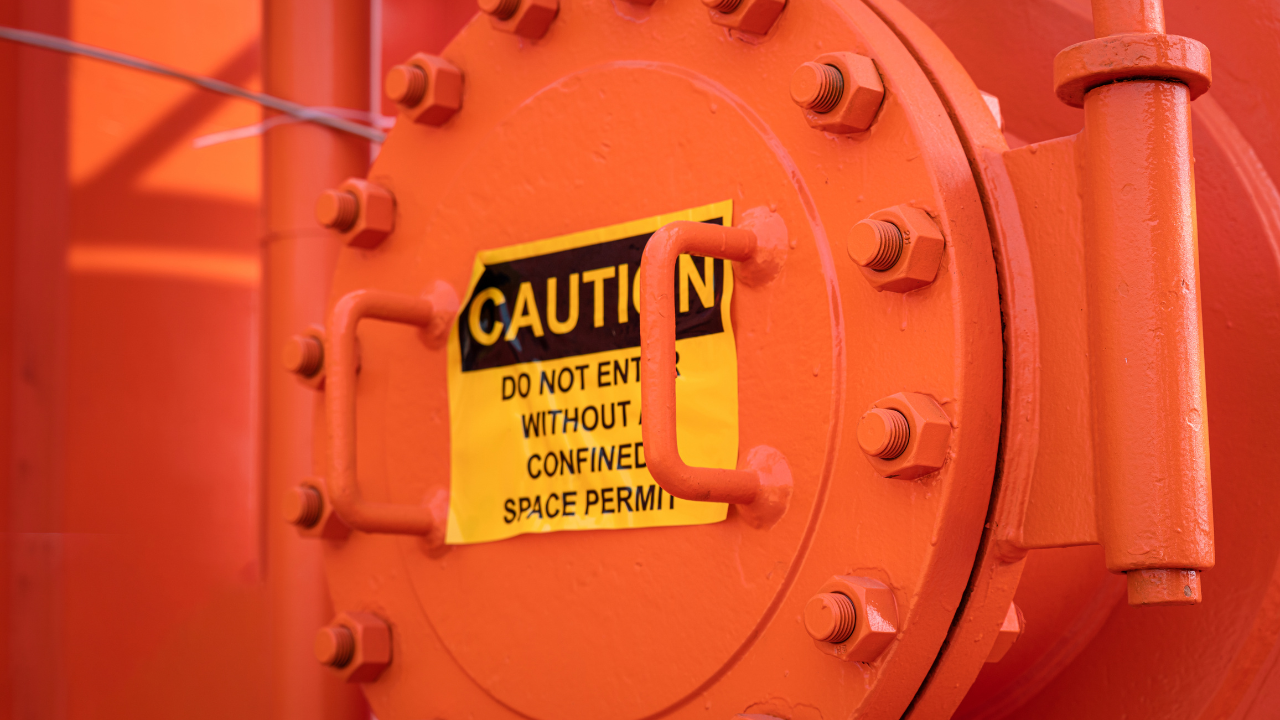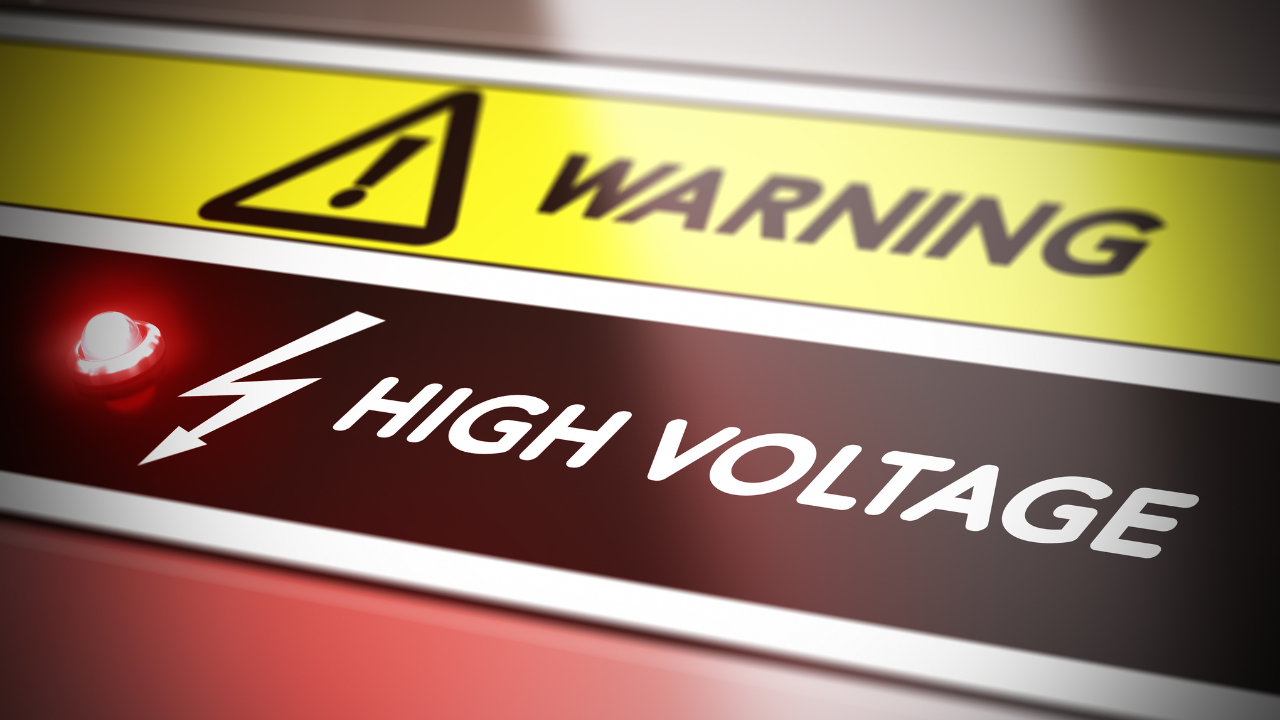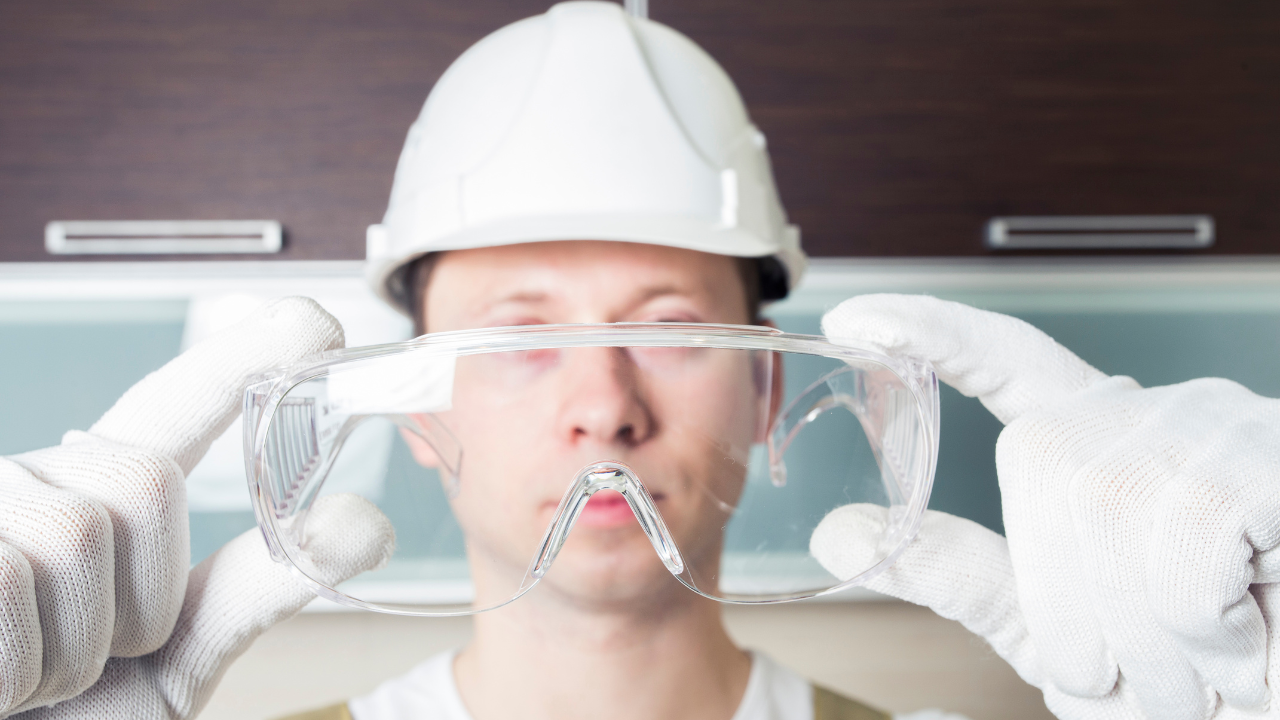Prevent Injuries: Workplace Safety is Everyone’s Job
Alan D. Quilley
The challenge of managing the aspects of occupational health and safety (OH&S) in the workplace can often times feel overwhelming. There are many legal, moral and financial reasons for you to pay attention to OH&S obligations. With all of these challenges, it’s important not to waste time, money or place efforts on things that simply don’t work. In terms of successfully managing OH&S issues, the following Top 10 list includes some of the common errors that organizations make.
1. Celebrate the lack of injuries and not the existence of safety
It’s a huge mistake to focus on the lack of injuries as the measure of workplace safety performance. I’ve met many people who can tell me of an unnoticed situation when they’ve taken a terrible risk on the job-even though their well-being was at stake.
Of course, companies should be happy when nobody gets hurt over an extended period of time, but it doesn’t mean that you’re “safe.” And safety can’t be defined as a lack of accidents. Safety is created by what we do-not what we avoid. Safety celebrations should also be shared with those people who have helped make your workplace safe, and not those who have just been lucky!
2. Do safety to our employees and not with them
Rules imposed by others usually don’t get needed “buy-in” to actually change behaviour. It makes more sense to involve employees in the process of establishing safe behaviours and rules that apply in the workplace. This will lead to increased compliance. Challenging groups of employees to set and review standards of performance involves them in the essentials of workplace safety.
3. Do safety for the government
In the early stages of developing a safety culture, companies can make the mistake of being “reluctant compliers.” They’re doing safety because the government is forcing them to do it. The value of managing safety is beneficial to a company’s bottom line productivity and performance. True performance is all about doing safety to achieve added value. Workplace safety is also about getting everyone home every night! It’s important to remain in compliance with the applicable OH&S related laws, but don’t do safety for the government-make your work safe and make it legal. Your company will thrive financially because of it.
4. Ignore the importance of the proper tools, equipment, materials and workspace
The historic myth that unsafe behaviour causes 88 percent of experienced incidents is simply not true. Unsafe behaviours are involved in all of the incidents that companies experience. The other part of the formula, which is often ignored by believing in this myth, is that unsafe conditions are also always present. You need to focus efforts on both safe behaviours and safe conditions (i.e. tools, equipment, materials and work environment). If you only supply broken tools to people, don’t be surprised when they get hurt. Good tools and equipment increase the chances that workers will do their work and not take unnecessary risks.
5. Ignore the culture of unsafe behaviour
Not making safe behaviour personal and not holding everyone accountable for making it safe at work is a huge mistake. Allowing employees to continue unsafe behaviour is often disastrous. Not unlike playing team sports, it’s crucial to take the opportunity and coach our fellow employees who aren’t working safely. Again, we want all workers to go home safely at the end of a shift.
6. Miscalculate the power of groups actively caring about each other
Inviting co-workers to provide feedback and coaching when they see an unsafe act encourages the team approach to safety. Unless invited, your co-workers may feel reluctant to bring mistakes to the attention of management for fear of a poor reaction. We’re in this together, so why not open up the discussion and invite everyone to overcome the challenges and work more safely.
7. Deliver safety programs to passive employees
I’m not sure what happened to make us believe that we could deliver safety to employees like pizza. The sooner that all workers are held accountable for safe production and not just production with safety added on-the better off we’ll be. Challenging employees to come up with ways to work more safely is a well-documented, sure-fire way to increase safety performance.
8. Measure results and not the activities that create safety
Companies that define safety activities for all staff, including the CEO, are safer organizations. Demand that the measurement of workplace safety involves tasks, such as investigations, hazard assessments, inspections and attending meetings. This is what gets things done. Not applying these measures, however, ensures that safety activities will take a back seat to production every time.
9. Manage OH&S differently than you manage other business parts
Why would profitable and successful companies with a clear record of managing success implement a safety program that doesn’t exactly replicate why they’re successful in the first place? Manage workplace safety exactly like the business itself to achieve similar results. There are too many organizations that manage safety differently than the business to the peril of their safety results. Workers and the management team are motivated to drive production results. So, why would you settle for anything less when it involves safety?
Far too often, companies are very positive and proactive when it comes to production activity. At the same time, however, they do the opposite by providing only negative safety reinforcement. As a condition of employment, safety is commonly used as a threat. This is true, but so is being on time and doing your job. In employee orientation sessions, it’s a mistake to make negative consequences the key message. Obviously, you can’t ignore unsafe behaviours, but stop making workplace safety feel like a negative thing. There’s nothing negative about doing work with a focus on safe production.
10. Hold safety meetings that everyone wants to avoid
I’ve spoken to thousands of employees in my career about the functionality of the safety meetings they attend. Overwhelmingly, people tell me they don’t like what goes on in these meetings very much. The natural question is: “Why are we attending a meeting and not liking what’s going on?” The answer is to simply fix the meetings. At your next safety meeting, stand up and tell folks you’d like to discuss how to make the meetings better in the future. Set a goal of not sitting silently at a safety meeting, which isn’t addressing your needs. Just say no to unsuccessful safety meetings!
Well, there you have it. You now have some ideas that will help improve your workplace safety culture. This Top 10 list will get you thinking about needed change. The key is to own the safety process, take part in creating it, as well as stand up and be counted. Everyone must get involved and stop doing the things that ultimately lead to failure and costly injuries on the job. Safety matters, especially to the people you work with every day.
Alan D. Quilley
Related Articles

All About Eye Protection

Arc Flash/Arc Blast Review with Safety Suggestions for Design & Maintenance

CSA Launches First Confined Spaces Standard in Canada

Do You Need NFPA 70E?

Electrical Hazards

Eye Injuries are a Serious Threat to American Workers




